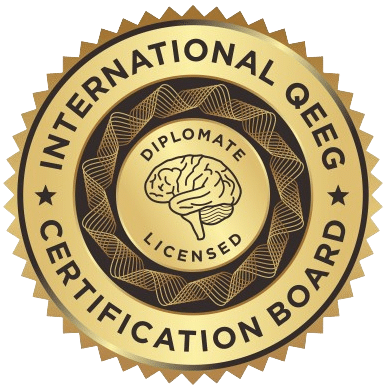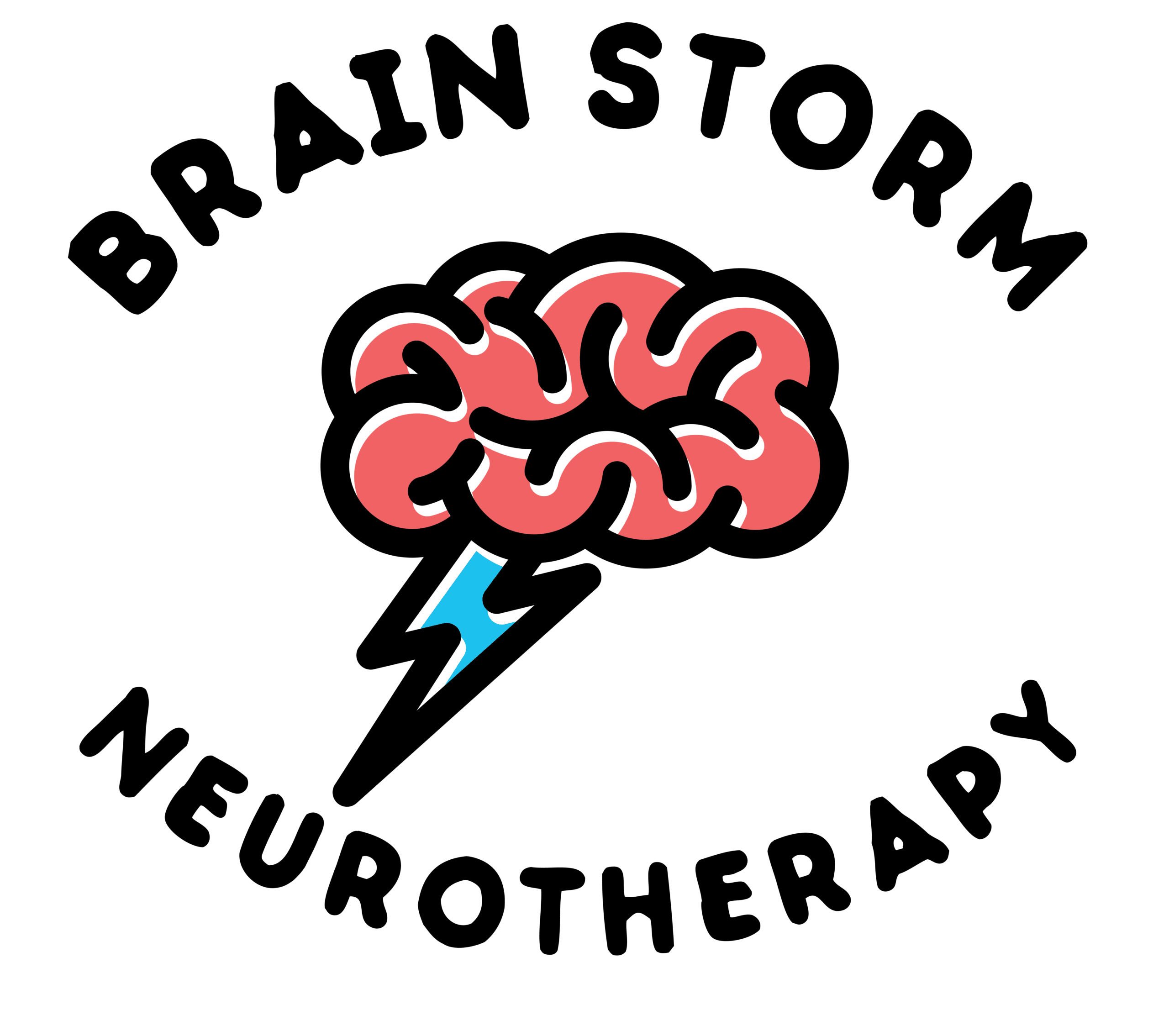Neurofeedback Therapy Edmonton, Alberta
Neurotherapy for mental wellness and resiliency.
Brainstorm Neurotherapy takes a brain-based approach to mental health, concussion recovery and learning, taking advantage of recent advances in neuroscience and technology. Let our team of skilled professionals help you reach your fullest potential.
Explore our offerings
Neurofeedback For Mental Wellness
Our Neurofeedback program is a revolutionary approach seamlessly integrating neuroscience and brain health into a holistic framework for mental well-being.
Brainstorm Academy
Join our special therapy sessions designed for kids, where we combine the power of neurofeedback and educational therapy using the Structure of Intellect (SOI) approach.
mTBI Assessment and Recovery Program
Embark on a specialized program meticulously crafted for Mild Traumatic Brain Injury (mTBI) recovery, blending cutting-edge assessments and therapies.
ADHD Program/Peak Performance
Our experienced team employs comprehensive assessments to inform neurofeedback, cognitive perceptual training and ADHD coaching.
Sleep Clinic
Start on a transformative journey toward improved sleep! Our expert team combines neurofeedback training with comprehensive sleep hygiene education and cognitive behavioural training for insomnia.
Neurofeedback is non-invasive, well-researched and effective
Cost effective alternative compared to long-term medication use
All staff are internationally certified and have extensive experience
What is neurotherapy?
Neurofeedback, or neurotherapy, is a state-of-the-art, research-proven, and drugless method for teaching the brain to function in a more balanced and healthful way. Although the technology is quite sophisticated, the process is simple, painless, and non-invasive. It is just learning. You learn to alter your brain activity the same way you learn every other skill – through feedback and practice.
Thorough research has proven that neurofeedback is as effective as medication in the treatment of many psychological and developmental issues including ADHD, trauma, concussion/TBI, migraine, depression, anxiety, ASD, learning impairments, cognitive decline, and even the neurological effects of long Covid.


FAQs
What to Expect During a Neurofeedback Training Session?
During a neurofeedback training session, sensors are placed on the head to measure brain activity. This information is then used to provide feedback (usually auditory) to the individual so that their brain can learn to better control its own activity. Neurofeedback training sessions need to be regular and consistent, at least once or twice per week for optimal results. The number of sessions needed depends on the person’s condition and goals for treatment.
What is the difference between a neurofeedback technician and a clinician? to Expect During a Neurofeedback Training Session?
Our neurofeedback technicians are under Cara’s supervision, have a background in psychology, counselling, or another related field and have received specialized training in the use of neurofeedback equipment and techniques. They have undergone their own mentoring process and other requirements to be certified by the BCIA – an international board regulating neurofeedback education. Neurofeedback technicians may be less expensive than other healthcare professionals who perform neurofeedback because they do not provide additional therapeutic/counselling support.
Does it hurt?
No – Neurofeedback is a non-invasive biological conditioning and learning technique. No electricity is sent to the brain. For many, the most uncomfortable part of training is trusting that their brain is figuring out what to do without their ‘control’.
Are there adverse effects?
Neurofeedback has been used for over 30 years clinically, with hundreds of thousands of training sessions. There are no known situations where a long term adverse effect has been identified. This is a major advantage over many medications.
Typically, change in any one session is very minor. Training effects can be rapidly reversed by changing protocols (sites and frequencies) – even within the same session. Occasionally following a session, an individual may feel a little hyper or a little cloudy, indicating that the training setting was a bit too high or low. This adjustment is easily made in the next session. It is essential that the client reports as accurately as possible any changes or reactions that occur between sessions; this input helps guide treatment. Monitoring change and shifting training protocols is part of the responsibility of a trained professional. Just as short-term side effects lead to changes in medications, short-term effects provide information useful in adjusting the client’s training.
How many sessions are needed?
On average 30 to 40 sessions of neurofeedback are needed for permanent change. Usually there is a noticeable effect within 10-20 sessions. Some notice small changes after only a few sessions. Every brain and every situation are different and unique and we prefer to treat the whole person, not just their brain.
How often should you come in for a session?
In the beginning since we are optimizing how the brain is working. You may choose to start with two or more sessions a week for two or three weeks so the brain holds onto the changes better. However, once a week is fine too if that works better for you.
Can I continue medication throughout the treatment period?
During treatment with neurofeedback you can take any prescribed medication as recommended (this includes ADHD medication).
Can I reduce medication throughout the treatment period?
It is possible to start reducing medication during treatment with neurofeedback. In fact, neurofeedback is considered a great treatment in order to make the transition off medication. To stop or reduce your medication always consult with your physician and pharmacist.
What does the research really say?
There are many, well-controlled studies that show neurofeedback is an effective treatment for a variety of conditions. In October 2012, the organization that researches treatments for the American Academy of Pediatrics elevated neurofeedback to the highest level of evidence-based support for treating ADHD. This means that neurofeedback meets the same scientific criteria as stimulant medication for treating ADHD. The same efficacy level exists for epilepsy. A recent controlled study demonstrated its effectiveness in treating PTSD. Research supporting the effectiveness of neurofeedback for many other issues is rapidly growing.
Still skeptical? Read the research for yourself. Check out “In Defence of Neurofeedback” on the International Society of Neurofeedback and Research website
My doctor is skeptical about neurofeedback. What can I do?
Your doctor may not know of this specific type of biofeedback. He or she will maintain a healthy skepticism about any new approach claiming numerous benefits. If your doctor is familiar with neurofeedback in general, he or she may still be thinking in terms of the more common early experiments with alpha wave training, rather than with the training we are dealing with here. Ask your doctor to examine the recent research on the effectiveness of neurofeedback (sometimes called EEG biofeedback).
In fact, there are hundreds of articles published in peer reviewed journals documenting the efficacy of neurofeedback and biofeedback for a variety of conditions by neuroscientists worldwide. The International Society for Neuronal Regulation is a world-wide society of neuroscientists dedicated to improving brain function. Of no fault of their own, physicians, ped iatricians, and neurologists read their scientific journals (e.g., Journal of the American Medical Association, etc.) in which neurofeedback and brain mapping is not a focus. They do not, typically, read the scientific journals that specifically focus on neurofeedback (e.g., Clinical EEG and Neuroscience Journal, Applied Psychophysiology and Biofeedback, etc.) which frequently highlight the positive effects of this treatment. In addition, amazing research is being conducted by neuroscientists around the world in countries that are not as pharmaceutically oriented when it comes to neurobehavioral disorders.
What are brainwaves?
Brainwaves are generally classified into 4 distinct frequencies or speeds – delta, theta, alpha and beta – and our state of consciousness depends on which waves are dominant. Delta waves (.5-4 Hz) are dominant during sleep. Theta waves (4-7 Hz) emerge as you drift off to sleep; this is the “twilight,” hypnogogic state in which dream like images can surface. Between 8 and 12 Hz are alpha waves, characterized by calm, relaxed and meditative feelings, day dreaming and unfocused thought. Beta (12-36 Hz), which dominates our normal waking state, has been subdivided into SMR (12-15 Hz), beta (15-18 Hz) and high beta (19-36 Hz). SMR is characterized as a relaxed, but alert state; it is sometimes described as “highly alert, physical stillness.” Focused concentration, mental acuity and mental activity are characteristic of beta. High beta (>18 Hz) may be described as a hyper-alert state, sometimes leading to tension, anxiety and agitation.
A healthy person will shift through the different states dependent upon the task-at-hand. Different activities require different brainwave states. Increased theta is adaptive when we are drifting off to sleep, for example, but not when we are driving a car or learning math. Brainwave training protocols are designed to enhance brain function by increasing the brain’s production of “situationally healthy” brainwaves and decreasing the presence of “situationally unhealthy” waves. Training protocols affect a combination of signals, depending upon therapy goals and any brainwave dysregulation that may be present. There are specific protocols appropriate for different problems, but each protocol is individually designed to fit the person.
